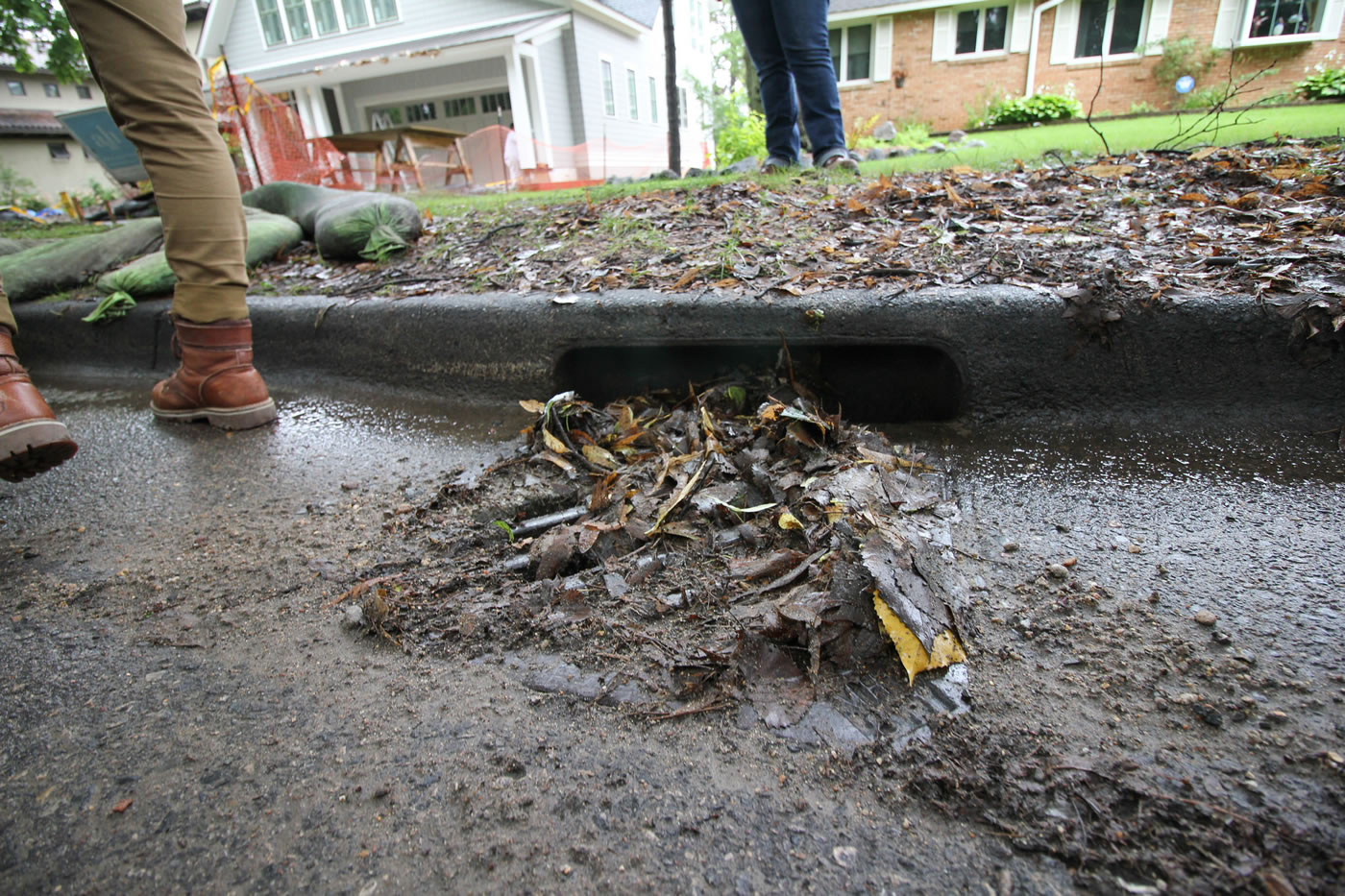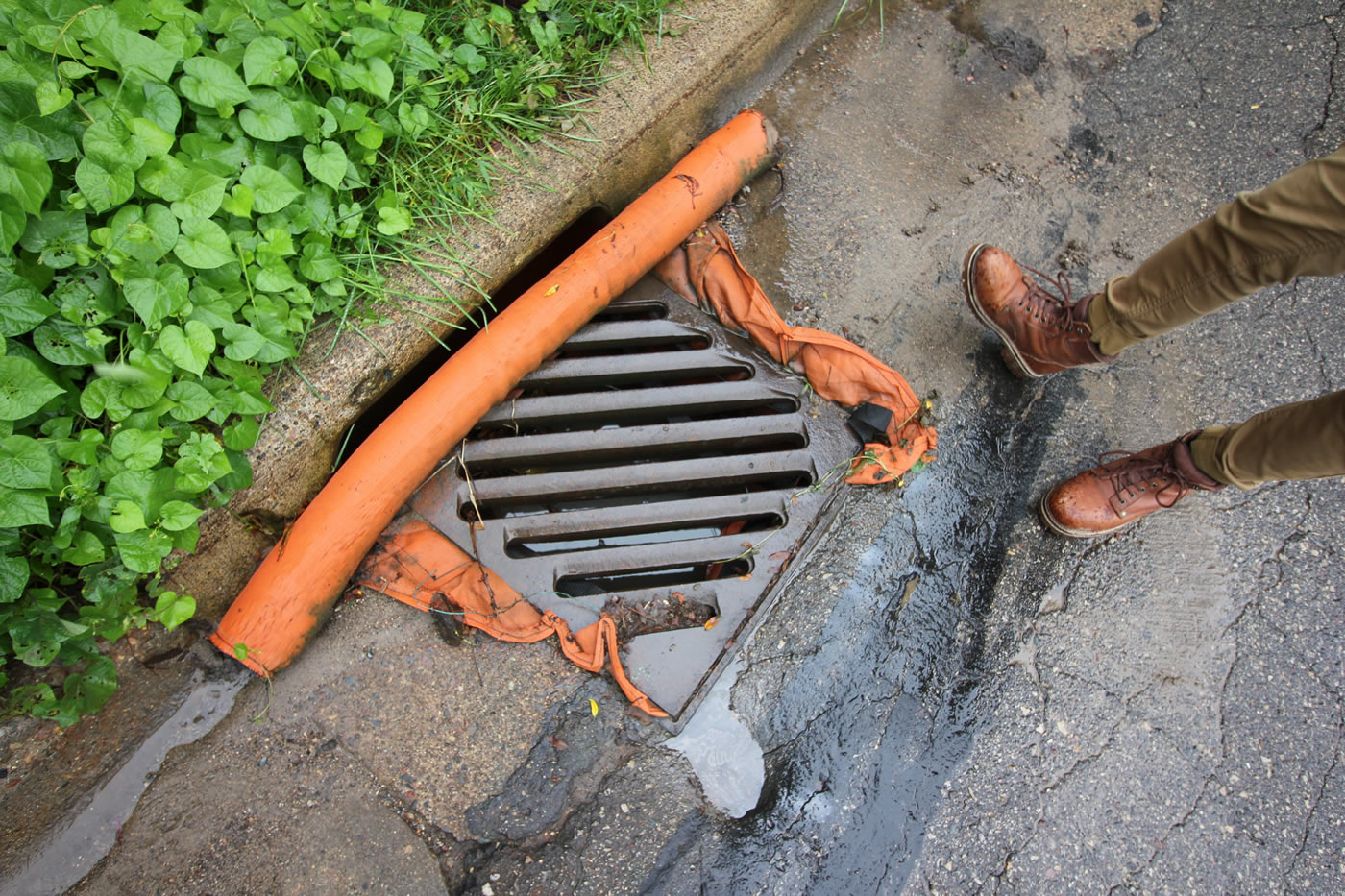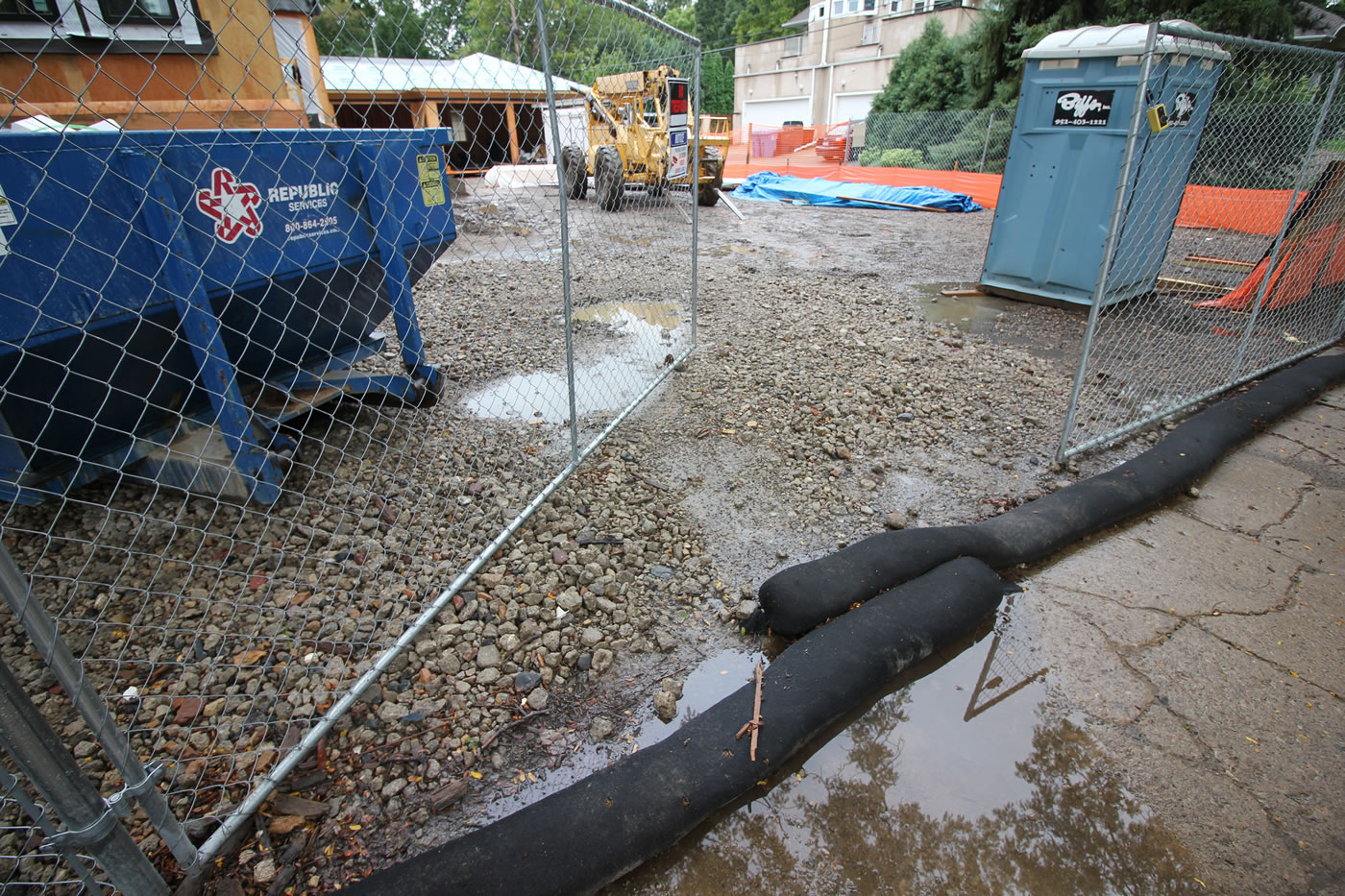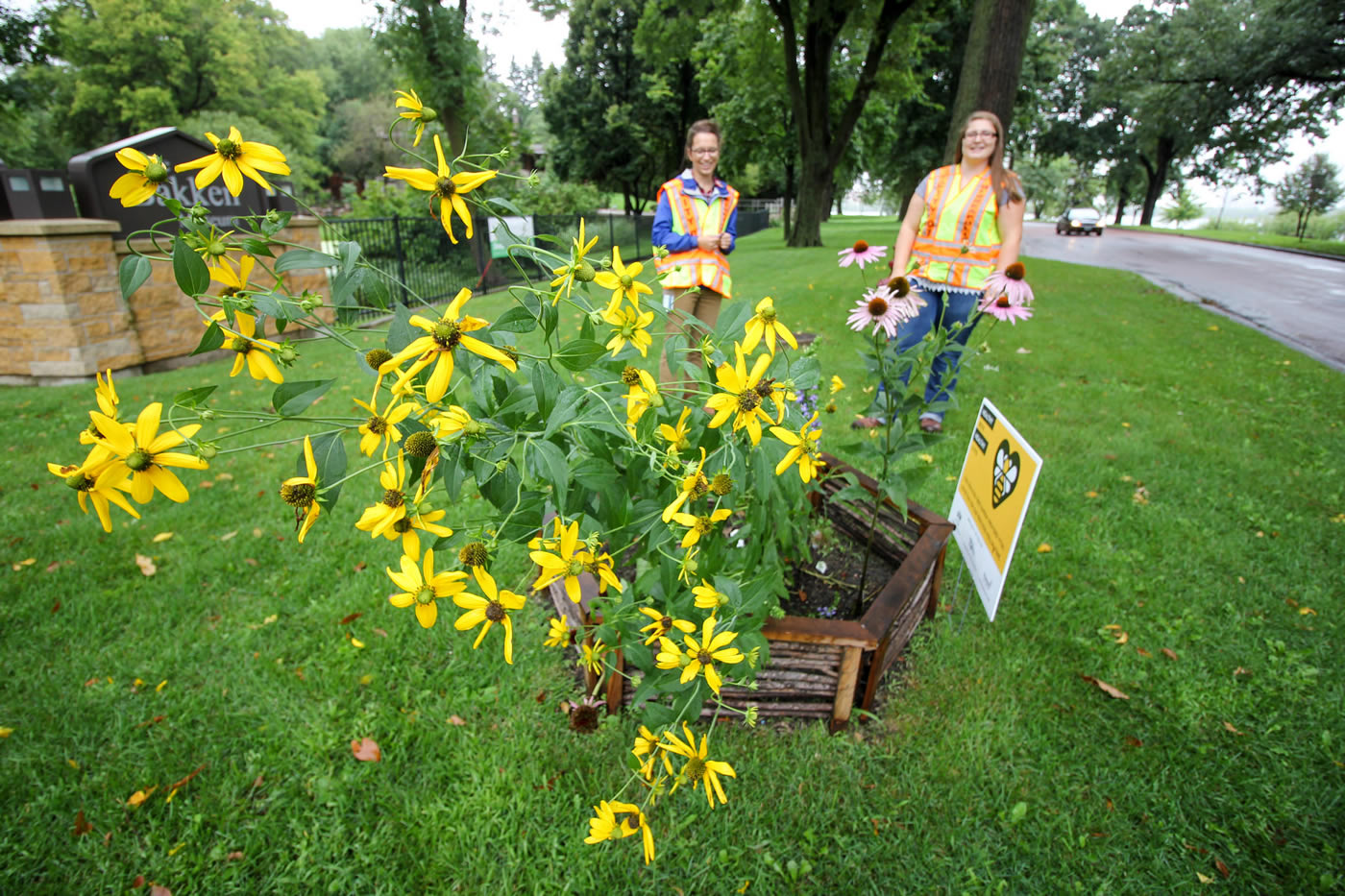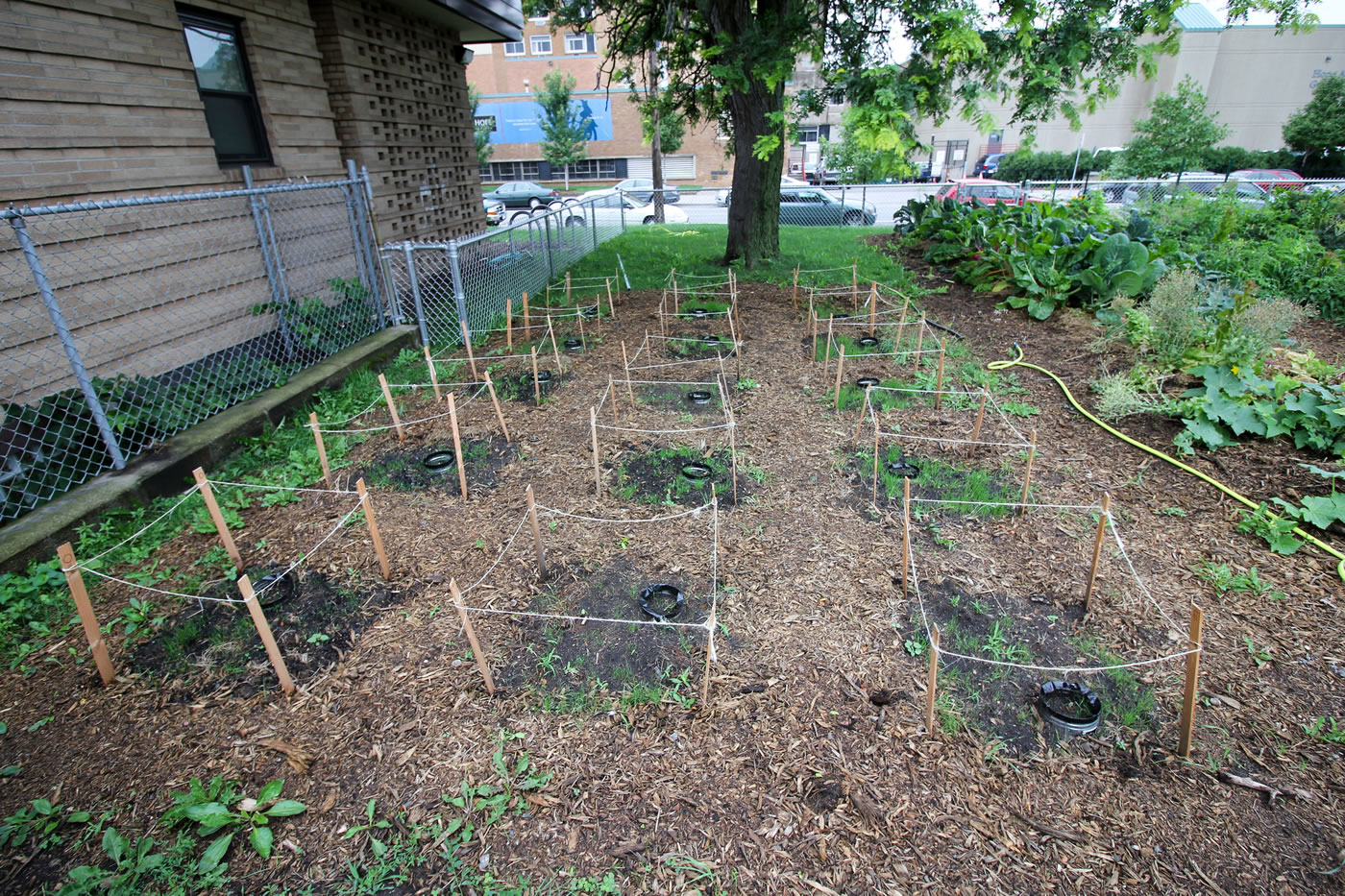News / September 19, 2017
In Minneapolis, interns patrol the streets for signs of pollution


Preventing pollution isn’t easy in a city as large and highly developed as Minneapolis. The city has 28,000 storm drains, and each one provides a pathway for pollutants to travel from the streets to a nearby body of water. Each summer, when construction season kicks into high gear, many of those pipelines fill up with sediment and debris from the hundreds of construction sites that pop up around the city.
Since Minneapolis accounts for most of the Mississippi Watershed Management Organization’s watershed (more than 73 percent), controlling erosion and sediment delivery from those construction sites is among our top concerns. The challenge is, we don’t have any regulatory authority. That is to say, the MWMO doesn’t have the authority to tell polluters to stop polluting. Only the city can do that. So, we partner with the city.
For the last several years, the MWMO has provided funding to the City of Minneapolis to hire three summer interns to join their Environmental Services unit (part of the city’s Health Department). These young women and men join the front lines of the city’s pollution-preventing workforce as “seasonal environmental health technicians.” They spend their summers inspecting construction sites, coaching up contractors on proper erosion and sediment control, and — when necessary — levying fines against those who don’t comply.
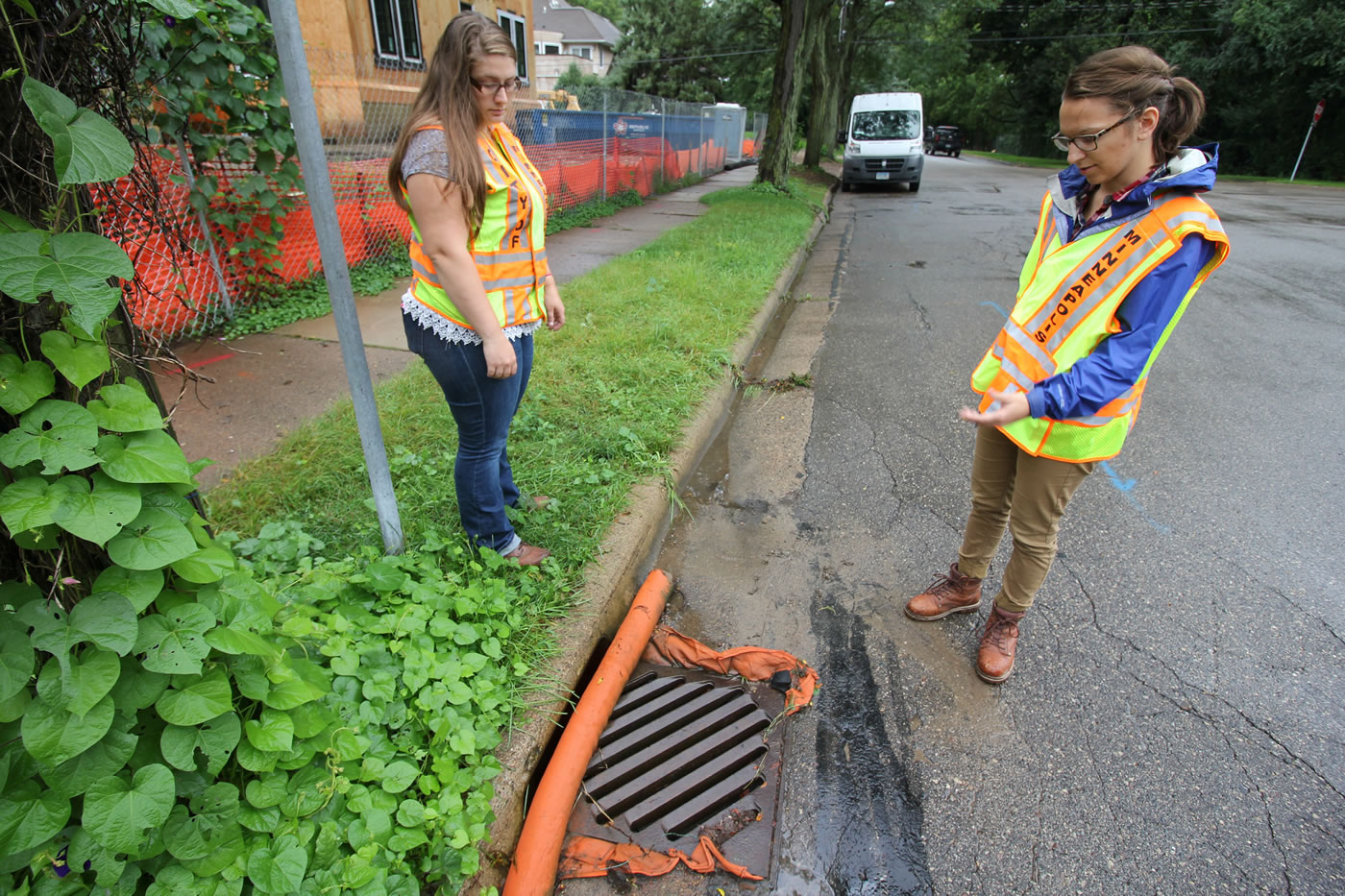
It might seem like an intimidating task for a fresh-faced college student or recent graduate: confronting contractors twice their age and explaining that they need to change how they do business — or else face a fine from the city. Intern Sarah McLarnan said the key to success lies in taking a friendly approach.
“They have to know that you’re not just out to get them — that you want to just get the erosion problem addressed,” McLarnan said.
McLarnan said the goal is not to hand out fines; it’s to make sure problems are fixed. The team goes to great pains to try to be friendly with contractors and property owners and approach their job from a customer-service orientation. Violators normally get a warning first; the city only hands out fines if they refuse to take action (or if the violation is particularly egregious). For the most part, she said people react coolly and politely when she calls them out.
“I’ve actually been pleasantly surprised,” McLarnan said. “Going into this position, I thought I’d be yelled at a lot more by contractors than I have been.”
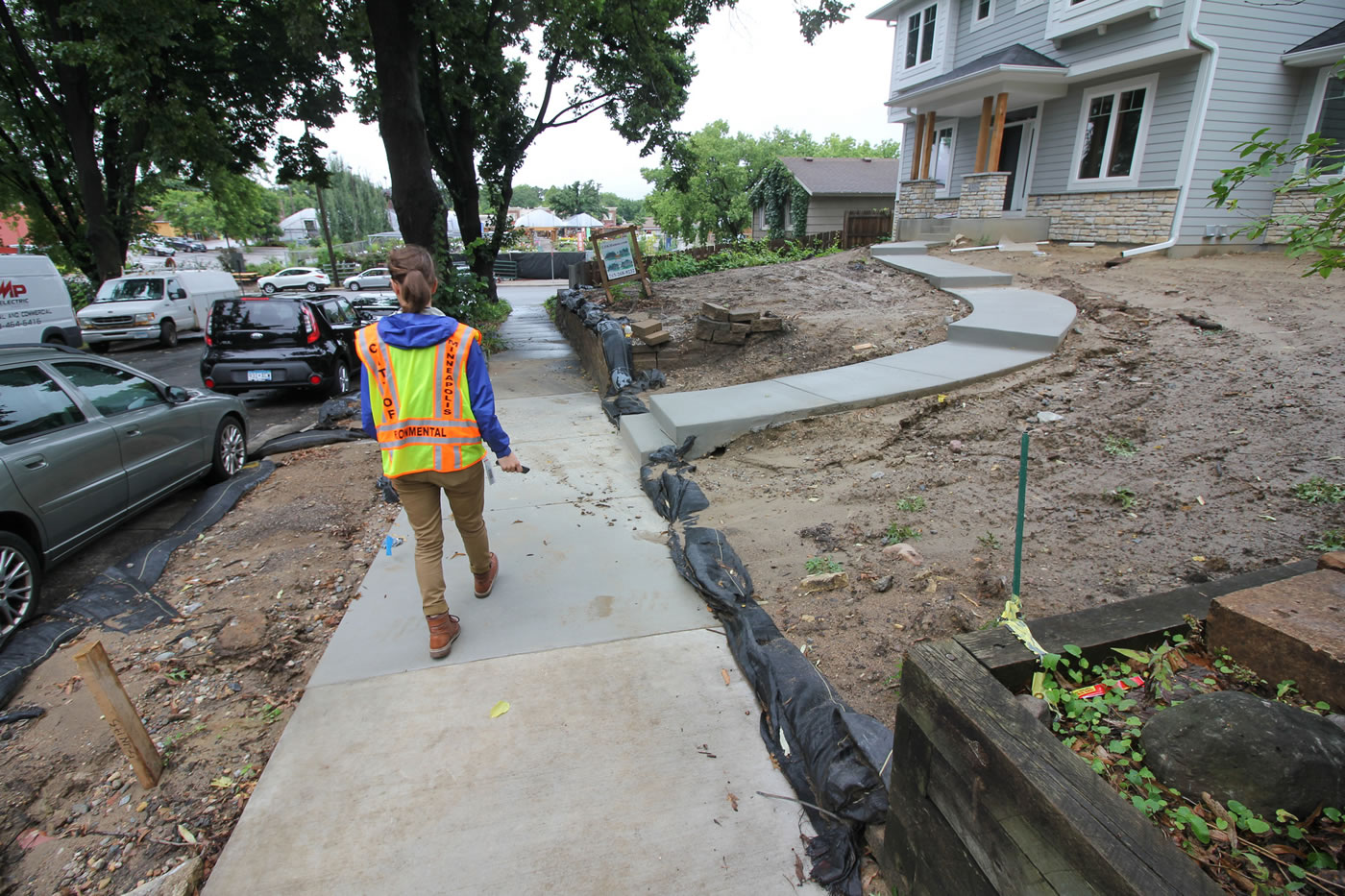
Partnering to solve a mutual problem
The city hires a total of five summer interns for their Environmental Services unit. Two of those positions are funded by the city, and three are funded by the MWMO. Together, the five interns conducted more than 1,000 inspections this summer, covering virtually every corner of the city. The vast majority — 88 percent — were for erosion and sediment delivery control, with the remainder addressing issues like air quality and noise pollution.
Environmental Services Supervisor Jim Doten said the internship program lends his staff a helping hand at a crucial time of year — the peak of construction season. Since the housing market recovery began in 2008, Doten said his division has seen their workload quadruple. With only four permanent, full-time inspectors on staff, the interns greatly increase the city’s capacity to enforce erosion and sediment control permits.
“It allows us to address issues more thoroughly during those peak times than we otherwise would be able to,” Doten said. Without the interns, he said the city “would not be able to do nearly as good a job on enforcement.”

City ordinance requires contractors and homeowners to obtain erosion and sediment control permits for certain types of construction projects. Every site with a permit pops up in the inspection queue for Doten’s team. If they visit a site and spot something wrong, the inspectors provide the contractor or property owner with something called an “order to correct” — essentially a warning letting them know what’s wrong, how to fix it, and that they will face a $200 fine if they do not take action. (The fine then doubles every time an inspector returns and finds that the problem isn’t fixed.)
Intern Melissa Nelson said they typically see more issues with small construction sites than with large ones. Construction companies running large job sites typically have effective Stormwater Pollution Prevention Plans (SWPPPs) in place. They also have more manpower and resources to address problems when they arise. Smaller companies or private property owners, by comparison, are often slower to address erosion problems. Sometimes they ignore warnings from the city; other times, they address some issues but not all of them, requiring additional site visits and phone calls.
Moreover, keeping tabs on construction projects is tricky, because conditions on any given job site can change dramatically from one day to the next.
“We could have been there a week ago and it looked great, but the next week there could be all kinds of soil in the alley, in the street, etc.,” Nelson said.
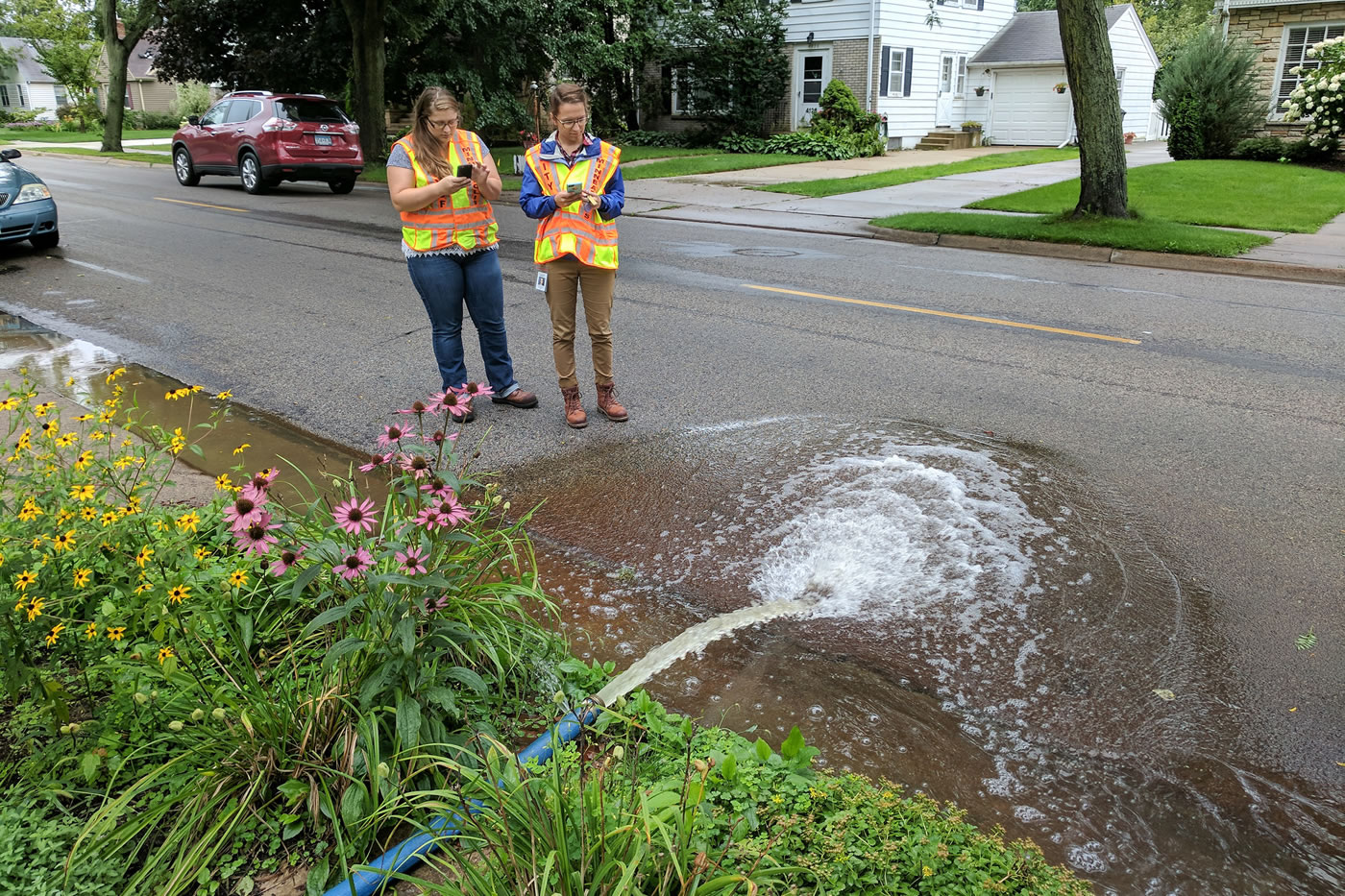
Learning on the job
Each intern conducts an average of 15 to 20 inspections per week. Beyond erosion and sediment control, they also respond to service calls from residents about air quality and noise pollution issues. McLarnan and Nelson took calls from neighbors concerned about everything from paint fumes to cat urine odors wafting from neighboring properties. They help when they can, and express sympathy when they can’t. McLarnan understands the frustration of residents who have trouble getting their concerns addressed.
“The more challenging part of the job, for me at least, is when you have service request calls and you call people back, and a lot of the time they’re not satisfied with the answer. You say, ‘I’m sorry, we can’t fine anybody if we don’t observe a noise violation. Just because you tell me that they’re noisy every night, I can’t give them a citation,’” McLarnan said. “And that’s very frustrating. I understand; I would be very frustrated.’”
Occasionally, the interns run into residents who have a beef with the city in general, and people like them — seasonal interns, with no control over policymaking — are convenient targets for their ire. But McLarnan and Nelson said there’s a flip side to that coin: people who had no idea the city provided these services and who are deeply appreciative of their existence.
“I’ve gotten that too, when you give somebody a call back and they go, ‘Wow, there actually is somebody there that’s going to do something about this.’ They’re pretty grateful,” Nelson said.
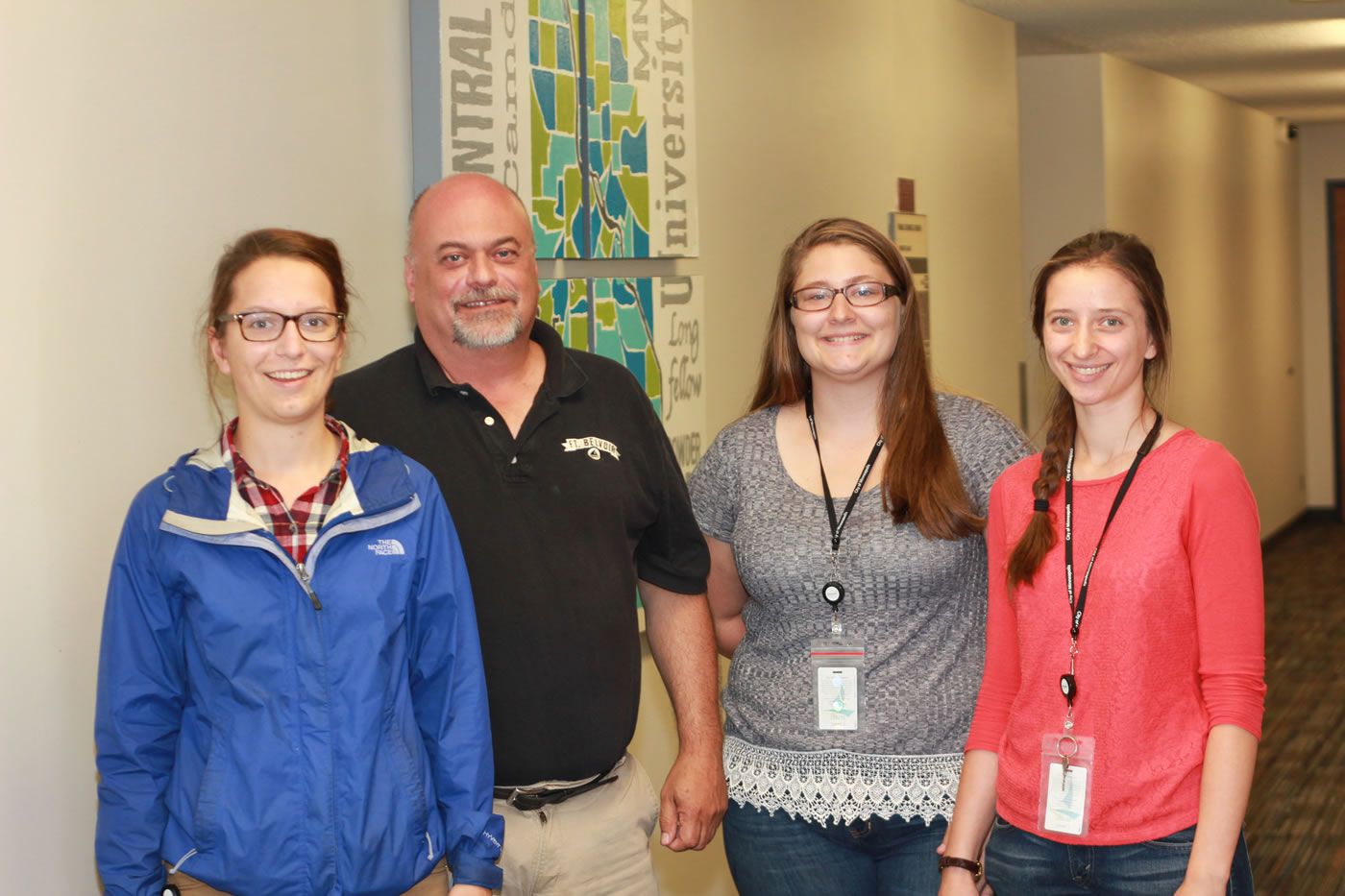
In addition to doing inspections and responding to service calls, the interns assist with research projects, including one where the city is using a small plot of land to test the ability of various soil amendments to mitigate lead contamination. They also plant trees and pollinator gardens in support of city initiatives, and have opportunities to do tours and ride-alongs with other environmental professionals (including the MWMO’s water quality monitoring team).
For McLarnan, who recently graduated from the College of St. Benedict with a double-major in biology and environmental studies, the job was a perfect fit. She liked the day-to-day variability of the work, and enjoyed seeing how science is implemented at a local-government level. She is now entering a master’s program for environmental health at Columbia University.
Likewise, Nelson, who recently completed her B.S. in Agriculture Engineering — Environmental Technology from the University of Wisconsin—River Falls, said the internship with the city was a great first work experience for a recent college graduate.
“We learned a lot of things this summer. It was a great experience,” Nelson said.
